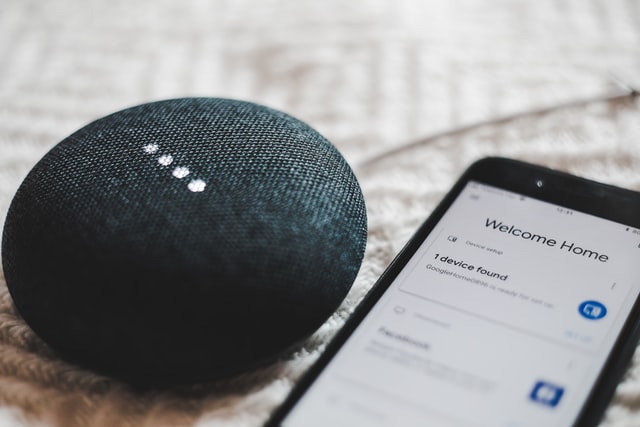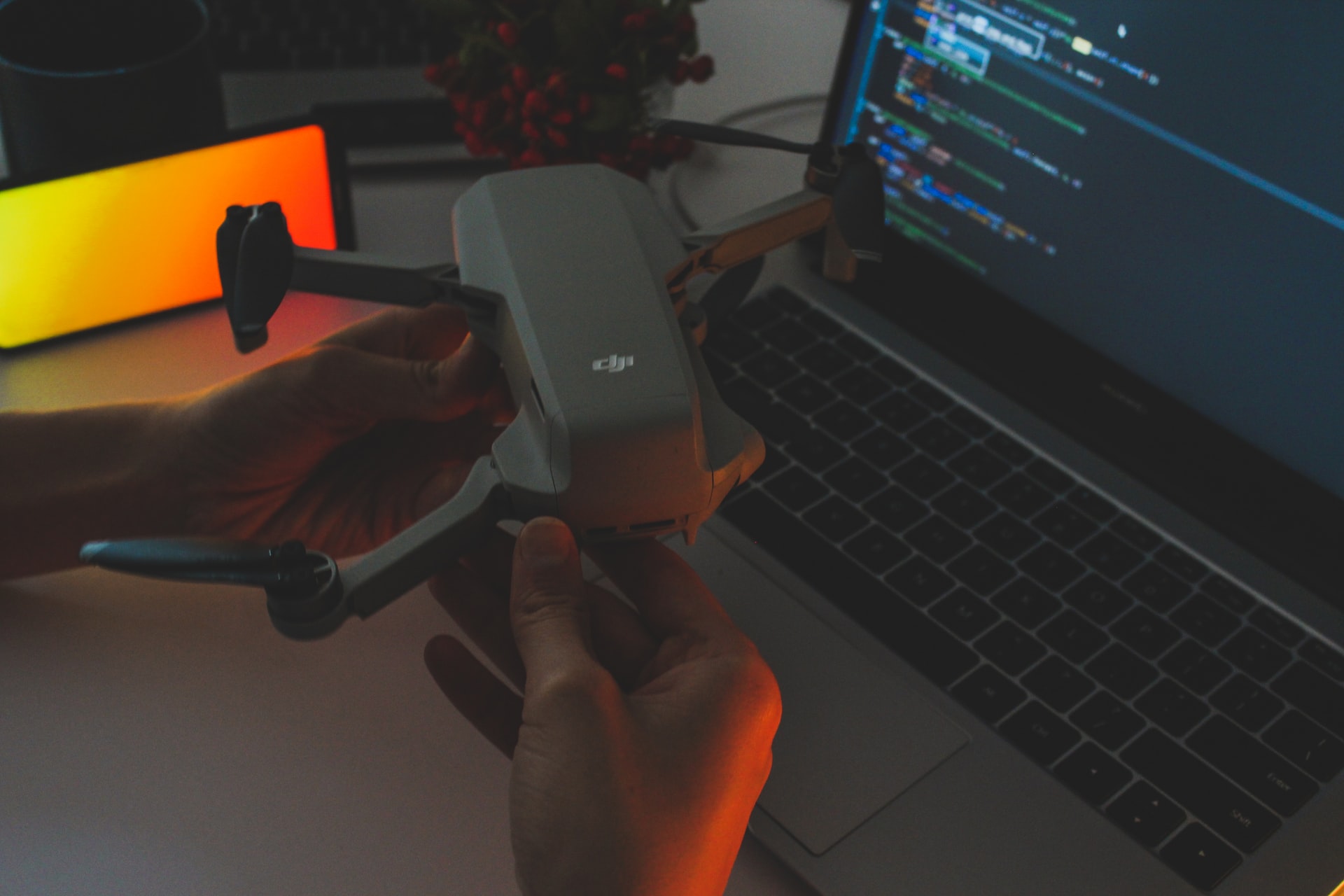What is Industry 4.0?
What is Industry 4.0?
Industry 4.0 refers to a new era that churned out of the past continued Industrial Revolution, that heavily focuses on Internet-of-things (IOT for interconnectivity), automation, machine learning, AI and real-time data analytics. Industry 4.0, also known as IIoT or smart manufacturing, combines physical manufacturing and operations with smart digital technologies, machine learning, and big data to create a more holistic and linked environment for manufacturing and supply chain management firms. While each company and organisation is unique, they all confront the same challenge: the need for connectivity and real-time information across processes, partners, products, and people.
Now let’s drive a deeper look into Industry 4.0!

The manufacturing industry is evolving. You must be willing to invest in Industry 4.0 in order to survive and thrive today. This guide will assist you in getting started. Industry 4.0 is about reinventing the way your entire organisation functions and grows, not merely investing in new technology and tools to boost industrial efficiency. This resource will give you a comprehensive understanding of Industry 4.0 and IIoT, containing information on the following topics:
- The Evolution of Industry from 1.0 to 4.0
- Basic IIoT Concepts and Glossary of Terms
- Smart Manufacturing Use Cases
- Whom is Industry 4.0 For?
Evolution of Industry from 1.0 to 4.0
Before delving into the what, why, and how of Industry 4.0, it’s important to first understand how manufacturing has progressed since the 1800s. There have been four distinct industrial revolutions that the world has witnessed or is witnessing presently.
- The First Industrial Revolution
Between the late 1700s and the early 1800s, the first industrial revolution occurred. Manufacturing evolved throughout this time period from manual labour conducted by people with the assistance of work animals to a more optimal kind of labour performed by people utilising water and steam-powered engines and other sorts of machine tools.
- The Second Industrial Revolution
With the advent of steel and the use of electricity in industries in the early twentieth century, the world started a second industrial revolution. Manufacturers were able to boost productivity and make factory machines more mobile after the arrival of electricity. During this time, mass manufacturing methods like the assembly line were adopted as a means of increasing productivity.
- The Third Industrial Revolution
A third industrial revolution began to emerge in the late 1950s when manufacturers began to incorporate more electronic—and later computer—technology into their facilities. Manufacturers began to move their focus away from analogue and mechanical technologies and toward digital technology and automation software during this time. Player’s like IBM were active during this period with respect to computer software and hardware technology.
- The Fourth Industrial Revolution, or Industry 4.0
A fourth industrial revolution, known as Industry 4.0, has evolved in recent decades. With the help of interconnection via the Internet of Things (IoT), access to real-time data reports and insights from it and the introduction of cyber-physical systems, Industry 4.0 pushes the emphasis on digital technology from recent decades to a whole new level. Industry 4.0 takes a more holistic, interconnected, and comprehensive approach to manufacturing. It bridges the gap between the physical and digital worlds, allowing for improved cooperation and access across departments, partners, vendors, products, and people. Industry 4.0 enables business leaders to have a deeper understanding of and control over every element of their operations, as well as to use real-time data to improve productivity, streamline procedures, and accelerate growth.

Industry 4.0 – Where is this Revolution going?
There are hundreds of keywords and concepts associated with IIoT and Industry 4.0, but here are 12 key terms and phrases to understand before deciding whether or not to invest in Industry 4.0 solutions for your company like Focus
- Enterprise Resource Planning (ERP): Tools for managing business processes that can be used to manage data throughout a company.
- IoT: Internet of Things (IoT) is a term that refers to links between physical items such as sensors and machinery and the Internet.
- IIoT: The Industrial Internet of Things (IIoT) is a term that refers to the connections that exist between people, data, and machines in the context of production.
- Big Data: Large sets of structured or unstructured data from manufacturing units and assembly lines can be compiled, saved, sorted, and analysed to discover patterns, trends, insights, reports, associations and opportunities to better understand manufacturing line and introduce smart manufacturing from automated assembly units.
- Artificial Intelligence: Artificial intelligence refers to a computer’s ability to do tasks and make decisions that previously required some level of human intelligence. Using this assembly lines can automated for repetitive tasks reducing human intervention.
- M2M: M2M stands for machine-to-machine communication and refers to communication between two machines over a wireless or wired network.
- Digitization: By digitizing the assembly lines, smart factory objective can be achieved through automating instruction led machinery from AI units further reducing human intervention.
- Smart Factory: A smart factory is one that invests in and implements Industry 4.0 technologies, solutions, and methods.
- Cloud Computing: Cloud computing is the activity of storing, managing, and processing data utilising networked remote servers housed on the Internet. Cloud computing plays a crucial role in supporting necessary work load on physical servers thereby easing the work of automation related to AI.
- Real-time data analytics: The ability of computer systems and devices to continuously and autonomously process data and give real-time or near-real-time outputs and insights is referred to as real-time data analytics. With power of real-time data insights key issues can rectified before minor issues magnify into major issues for the assembly line management.
- Cyber Physical Systems(CPS): Cyber-physical systems, often called cyber manufacturing, are an Industry 4.0-enabled manufacturing environment that allows for real-time data gathering, analysis, and transparency across all aspects of a manufacturing operation.
Now that you’ve grasped some of the key principles behind Industry 4.0, you’re ready to learn more about how smart manufacturing may transform the way you run and grow your company using an industry-ready ERP systems like FOCUS.
Smart Manufacturing
One of the greatest ways to grasp the notion of smart manufacturing is to consider how it could be applied to your company or a company that is similar to yours. Here are three use cases to help you grasp the benefits of Industry 4.0 in a manufacturing environment:


